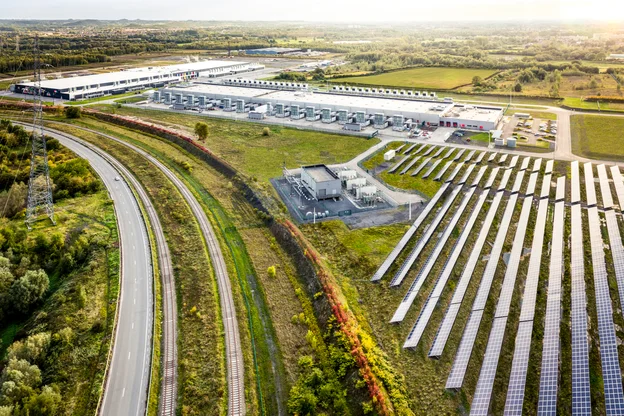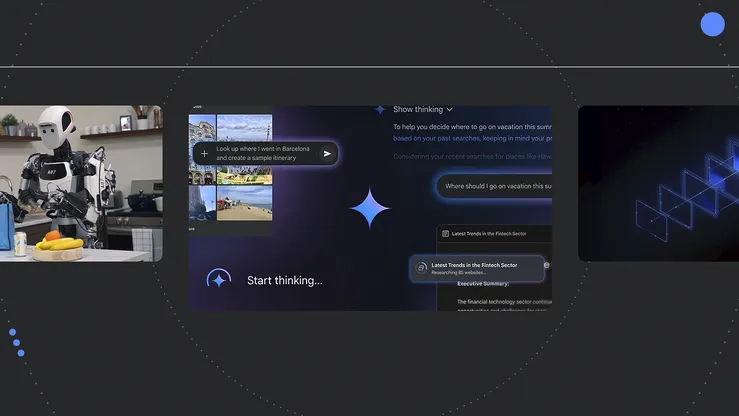A new app to map and monitor the world's freshwater supply

Water affects all of us, no matter where we live. Drought harms everyone, from farmers in the western United States dealing with long-term drought, to people in Kazakhstan and Uzbekistan suffering debilitating health consequences from the Aral Sea draining, to millions of people displaced by floods in Kerala, India. About four billion people, or almost two-thirds of the world’s population, experience severe water scarcity at least one month of the year.
The Aral Sea has shrunk by around 80 percent since 1985
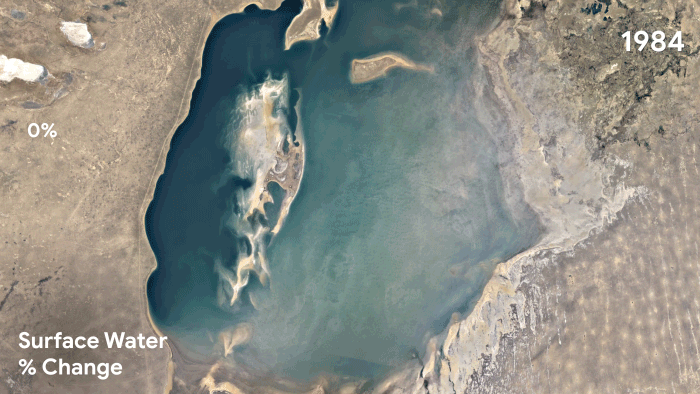
Today, on World Water Day, we’re proud to showcase a new platform enabling all countries to freely measure and monitor when and where water is changing: UN’s Water-Related Ecosystems, or sdg661.app. Released last week in Nairobi at the UN Environment Assembly (UNEA), the app provides statistics for every country’s annual surface water (like lakes and rivers). It also shows changes from 1984 through 2018 through interactive maps, graphs and full-data downloads.
This project is only possible because of the unique partnerships between three very different organizations. In 2016, European Commission's Joint Research Centre (JRC) and Google released the Global Surface Water Explorer in tandem with a publication in “Nature.” An algorithm developed by the JRC to map water was run on Google Earth Engine. The process took more than 10 million hours of computing time, spread across more than 10,000 computers in parallel, a feat that would have taken 600 years if run on a modern desktop computer. But the sheer magnitude of the high resolution global data product tended to limit analysis to only the most tech savvy users and countries.
The new app, created in partnership with United Nations Environment, aims to make this water data available to everyone. Working with member countries to understand their needs, it features smaller, more easily manageable tables and maps at national and water body levels. Countries can compare data with one another, and for the first time gain greater understanding of the effects of water policy, and infrastructure like dams, diversions, and irrigation practices on water bodies that are shared across borders.Lake Mead, the largest man-made reservoir in the United States, has fluctuated as Las Vegas expands.
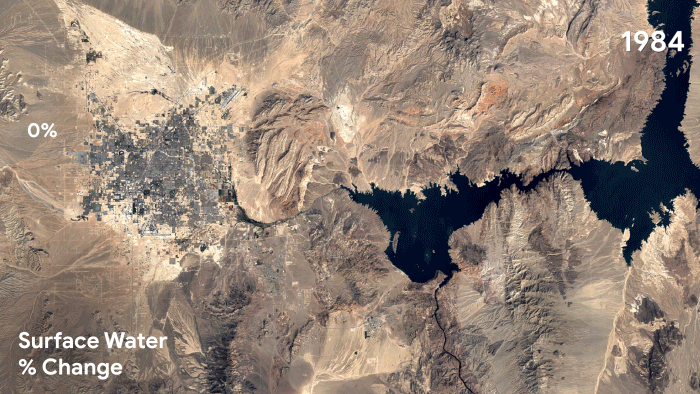
Egypt's Toshka Lakes lakes were created by diverting water from Lake Nasser so crops could be irrigated in the desert region. When the project was abandoned, the lakes evaporated.
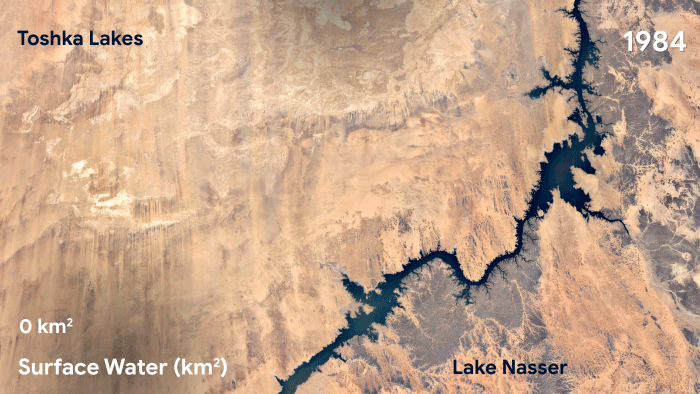
Today, countries have very different capacities when it comes to monitoring their waters. Countries with substantial existing resources have found the app results align closely with their current methods, and are evaluating using this new data source, which will enable them to reallocating resources toward other priorities in the future. For countries that have never had this information, the app provides free, scientifically validated data, that will now inform their environmental policies. For the first time ever, we have a globally consistent way of measuring water and its changes over time. And it’s accessible to everyone.


